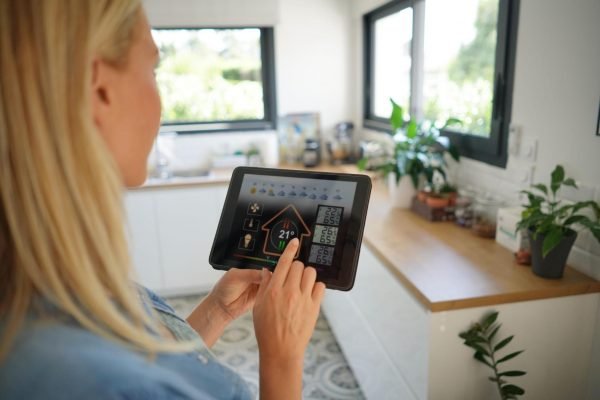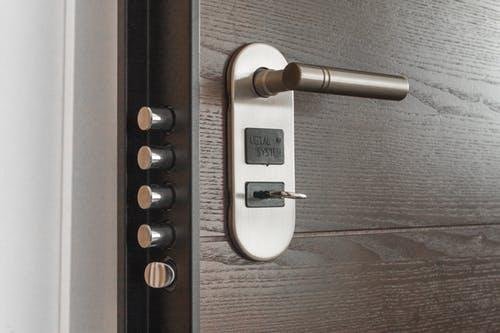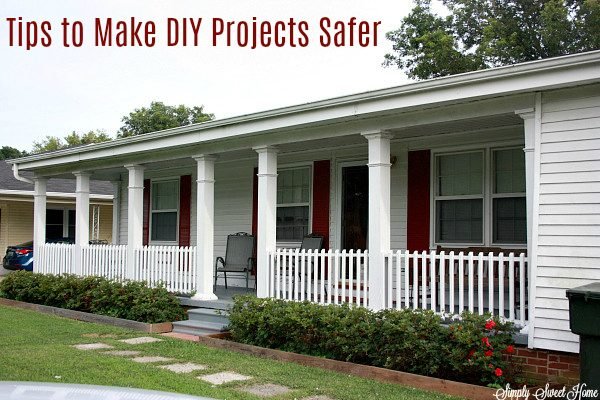The popularity of vapes or electronic cigarettes has drastically increased in the past few years. Vapes are largely considered a safer alternative to conventional smoking methods, but they can be detrimental to young kids’ and pets’ health. Vape juices also come in fun-looking bottles with colorful designs, which can attract young children who like putting things in their mouths. Therefore, you have to keep all vapes and vaping supplies in a place where kids and pets cannot access them. If you have children or pets in your home, here are a few tips for keeping your vaping supplies safe.
Ensure Vaping Supplies Cannot Be Reached on the Ground or From a Chair
Consider keeping your vapes and vaping supplies in places where children cannot reach them. Keep them on the highest ledge of your bathroom cabinet or closet. You should also keep them out of plain sight, so consider hiding your supplies behind other items or arranging them at the back of the cabinet. Avoid common hiding areas like the drawer on your bedside table or in the pantry, as young children can easily access these places.
Always Put Vaping Supplies Up After Being Used
You should always keep your vaping products in their original containers after use. This will reduce the risk of accidental exposure or ingestion, mainly for kids and pets who might be curious. Adults should also be responsible enough to put up vaping supplies after using them, and this will help prevent dogs and kids from getting them if you only step away for a second. This will make it easier for older kids to understand that vaping is only for adults and thus avoid these products. Keeping your vaping supplies away after use also helps keep them clean and free from contaminants that build up when left uncovered.
Use a Child-Resistant Storage Container
Some models of e-cigarettes feature a locking or disabling system that users can activate for safe storage, and others have childproof locks. If your vaping supplies don’t have locks, keep them in specially designed childproof containers to guarantee safety. Due to the growing popularity of vaping, you can get numerous types of childproof containers at a broad range of prices that fit every budget.
Never Discard Vaping Items in the Trashcan
Doing the right thing isn’t always easy, but it’s all about being a responsible adult. Avoid disposing of vaping supplies in a trash can because you don’t want a dirty vape pen to end up in the hands of your child or pet. Instead of throwing it into the trash, consider washing and recycling it.
Talk to Your Children
Vape usage among children is sharply rising in the United States. You should talk to your children about how vaping was designed for adults and not children, just as you would tell them about not touching bleach and other harmful household products. Insist that vaping is a leisure activity that demands a higher sense of responsibility, which only comes with adulthood.
Create a Contingency Plan
It’s essential to formulate a plan that you can easily implement in case your children or pets find your vaping supplies. You should clean spilled juice immediately with water and soap. In the event of accidental ingestion or exposure, watch for signs of respiratory issues and other health effects. It’s also imperative to have the number for poison control handy in case something happens.
Children and pets often find themselves in trouble. It is crucial to mitigate the risks of unintentional exposure and ingestion in order to enjoy vaping responsibly and safely. Following the above tips will help you enjoy vaping without putting your loved ones at risk.










